SERIES REVIEW – In the sixth episode of the Batman: The Caped Crusader animated series, a scene that perfectly sums up the entire series occurs: as two security guards discuss the deteriorating economic and social situation in Gotham City, an 18th-century blue ghost rider robs them with a flint and then cuts them off with a vicious laugh. This scene shows both the ridiculous and serious side of the series, while reflecting the dark reality of the city and its inhabitants.
At the heart of the story is Bruce Wayne (Hamish Linklater), aka Batman, who wages a one-man war against the criminals of Gotham City. Behind the mask of a socialite, Wayne is actually a stoic hero who is both an intellectual detective and a ruthless vigilante. His origin story – the loss of his parents in a robbery gone wrong – remains unchanged, but this adaptation does a particularly good job of capturing his obsession with fighting crime. Though not as unstable as the character in Robert Pattinson’s Batman, it is clear that despite his intelligence and physical strength, he lives in the shadow of his past.
True classic, film noir atmosphere
The reimagined Batman character is largely in line with recent portrayals, but the biggest difference is that the story is set in the 1940s, so the visual style is adapted accordingly. Much like “Batman: The Animated Series,” this show uses noir elements: the city of Gotham exudes a quiet menace, with light streaming in through shuttered windows and shadows lurking dangerously in corners.
The painted effect of Gotham’s surroundings evokes the world of pre-digital animation, while the huge Art Deco buildings add to the dark atmosphere. The influence of Bruce W. Timm, co-creator of Batman: The Animated Series, is particularly evident in this dark and sinister atmosphere. Though the animation can be a bit stiff at times and doesn’t always take advantage of the power of the backgrounds and visual compositions (especially the facial expressions), overall this vision of Gotham fits well with the visual world of the series.
New approaches to old characters
Like Timm’s memorable animated adaptation, Batman: The Caped Crusader does a good job of portraying villains in two roles: as part-time adversaries and as more complex, sympathetic characters. With the former, the show is often structured in an episodic style, with Batman facing a new adversary in each adventure, using his detective skills to solve a crime or mystery. These confrontations have a campy charm that captures the gleeful absurdity of the old comic books.
But even in its most episodic antics, the series builds coherent storylines that connect to the larger villains, many of whom have convincingly nuanced human qualities and motivations that set them apart from previous negative portrayals of the characters. Some of them are genuinely trying to make Gotham a better place (albeit with a bit of smugness), and fan-favorite Harley Quinn (Jamie Chung) is a prime example – here her personality changes somewhat from previous ones, becoming cool and almost kind when she works as a psychiatrist, while cold and terrifying when she transforms into her alter ego. In a way, his actions have more positive results than Batman’s (even if his tools are more crude), which is especially exciting when they clash. Harvey Dent (Diedrich Bader) is also an interesting character, a district attorney whose only “sin” is his desire to climb the social ladder as quickly as possible, and who genuinely wants to make this corrupt city a better place by running against the current complacent mayor, but is forced into dubious alliances to win.
These new approaches to existing characters and themes help the series develop its own identity, freeing it from the shadows of its predecessors. Barbara (Krystal Joy Brown), for example, is a defense attorney in this series who clashes with her father, Police Chief Jim Gordon (Eric Morgan Stuart), over his “tough on crime” methods, reflecting the show’s more thoughtful approach to these issues. On the plus side, the cast is diverse, and we also get to see a cute romance between Harley and a suitor who this time is not an evil clown.
The flawed Batman must also take on those who fight the corrupt system
So this time Batman is literally fighting cartoonish villains, but it often seems that his greatest adversaries are not the colorful, changing villains, but the corrupt systems that prevent Gotham from changing. We see, for example, an almost entirely corrupt police force in the pocket of organized crime, and a political machine that uses the police to improve its own image. Harley and Dent are up against this corrupt system, so it is especially painful when Batman is forced to stop them. The classic screenwriting trick of creating parallels between the protagonist and the antagonists works well here, thanks to the complex characterization of the antagonists and the construction of a far from flawless hero.
What we get is a Batman series that retains the often desperate, dark atmosphere of its predecessors, while also offering a glimmer of hope that this metropolis can be a better place. This is not a complete reboot, but rather a remake with some new ideas.
The problems of the first season
However, if there is one major problem with this first season, it is that while the individual episodes are entertaining and the coherent narrative is mostly well done, there is not enough time to fully unfold, as the short running time of the ten-episode season is split between episodic and serial storytelling modes.
For example, Harley’s story ends too quickly, and although we get some well-developed insights into our hero’s backstory, more time would have been needed to better convey his journey. I’m not pining for a 65-episode season like the first run of Batman: The Animated Series, but a few more episodes would have given the opportunity for fun detours and cohesive storylines to unfold.
All in all, while there’s enough thought-provoking reimagining in this adaptation, it’s still a few Bat-flaps away from being both a completely unique and groundbreaking classic.
-Herpai Gergely “BadSector”-
Batman: Caped Crusader
Direction - 8.1
Dubbing voices - 7.6
Story - 8.4
Visuals/animation/music/sounds - 8.6
Ambience - 8.1
8.2
EXCELLENT
Batman: Caped Crusader is a promising start that could become even stronger in the future. The new take on the characters and the atmosphere that the series conveys is a refreshing take on the classic story. With more time to develop, it could even rise to the top of the best Batman animated series.

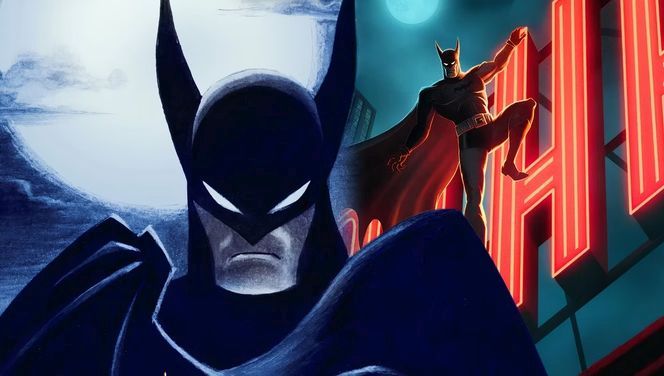
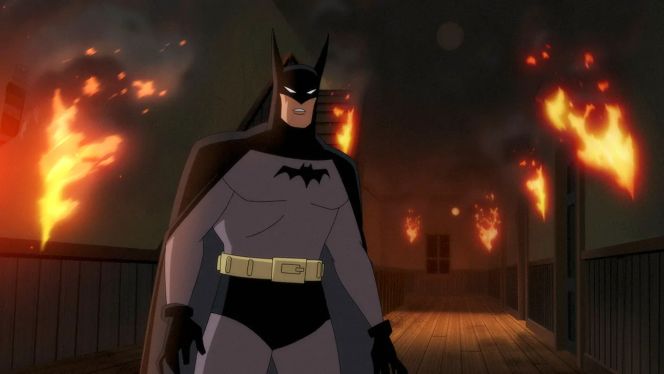
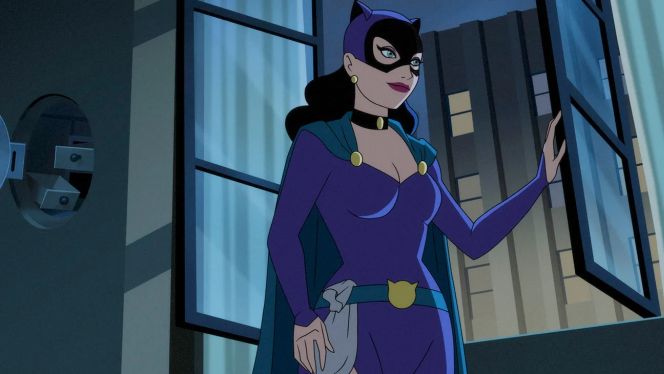
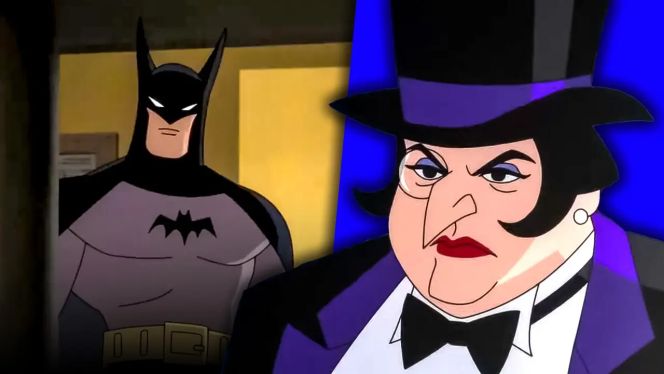


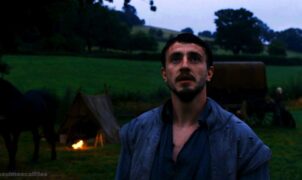






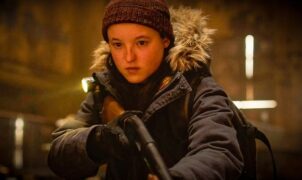
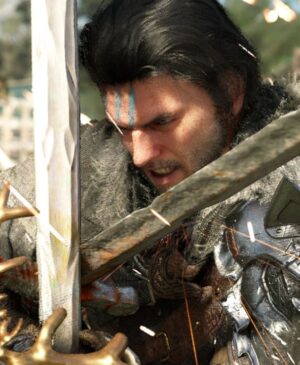
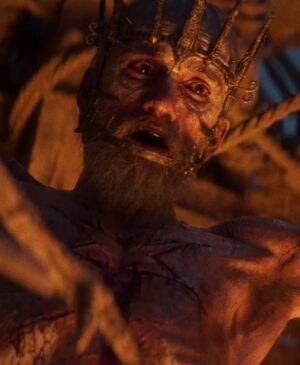

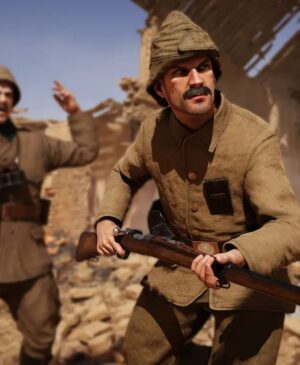
Leave a Reply